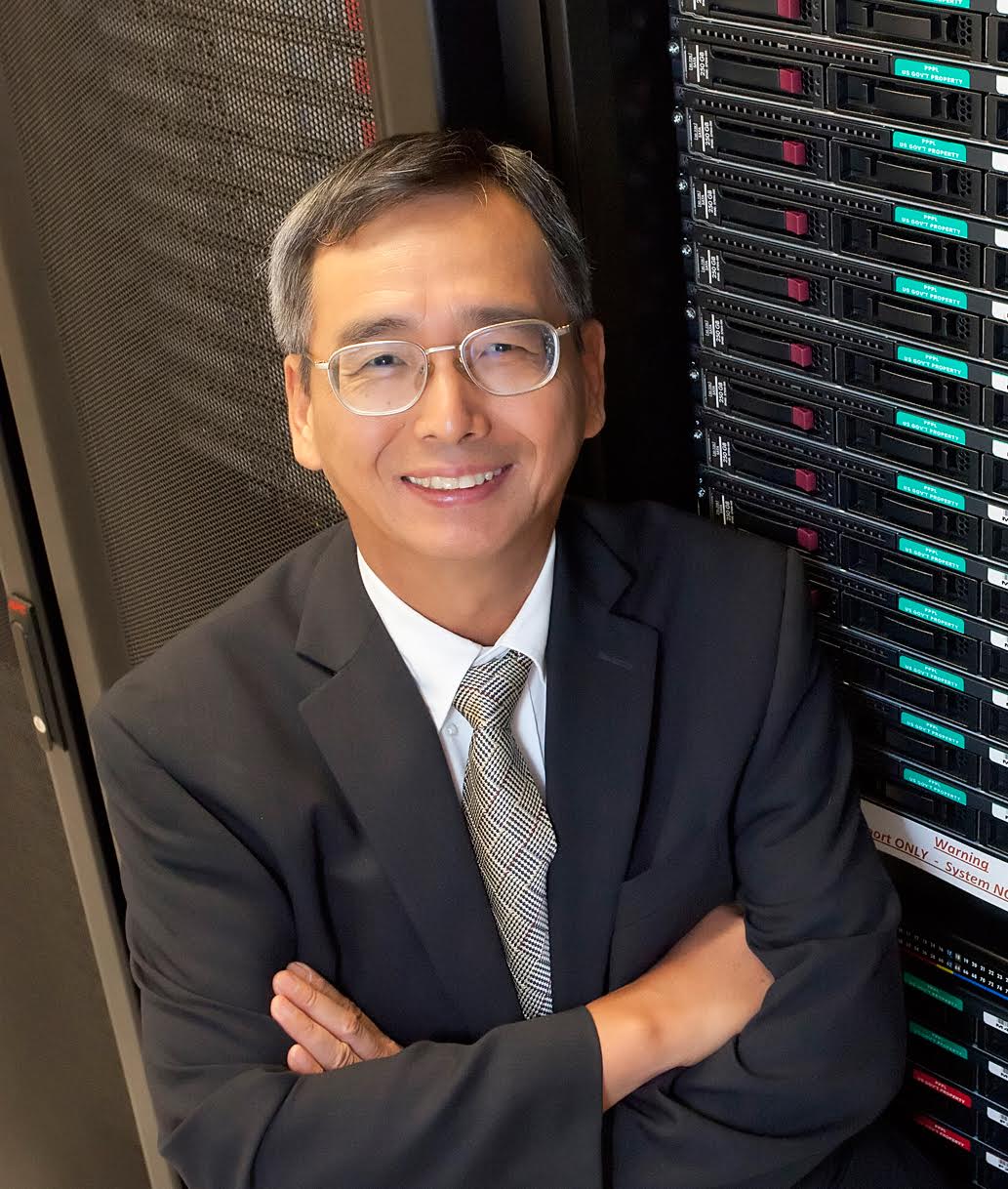
Dr. Choongseok “CS” Chang is the Lead-PI of the multi-institutional multi-disciplinary US SciDAC Partnership Center for High-fidelity Boundary Plasma Simulation, headquartered at Princeton Plasma Physics Laboratory, Princeton University, awarded by US Department of Energy, Office of Fusion Energy Science and Office of Advanced Scientific Computing Research. He is also the Co-lead PI of the US Exascale Computing Project (ECP) Whole-Device Modeling Application (WDMApp), and the PPPL PI of the ECP Co-Design of Particle Applications (CoPA).
He holds the position of Managing Principal Research Physicist at Princeton Plasma Physics Laboratory and he is also a Sits-with-Committee member of Princeton Institute for Computational Science and Engineering (PICSciE). Prior to joining Princeton University Plasma Physics Laboratory, CS Chang was a faculty member at Courant Institute of Mathematical Sciences, New York University, and Department of physics, Korean Advanced Institute of Science and Technology.
He received his physics B.S. degree in 1975 from Seoul National University and physics Ph.D. degree in 1979 from the University of Texas at Austin. He is a Fellow of the American Physical Society and ITER Scientific Fellow with broad and in-depth research experience in computational science, fusion plasmas, industrial plasmas, and strongly interacting biophysics system.
He is currently engaged in extreme scale super-computing research activities, including exascale computing, on multiscale turbulent self-organization and transport physics in magnetically confinement plasma. He has been serving in numerous national and international advisory and executive committees. He headed the US DOE Office of Fusion Energy and Science and Office of Advanced Scientific computing Research Exascale Requirement Review and Report. He headed the Physics Design Activities of the Korean Supercomputing Tokamak Research tokamak (KSTAR) in 1995-1998, and chaired the Korean Physical Society Plasma Physics Division in 1998-2000. His close collaborators include not only physicists, but also prominent applied mathematicians and computer scientists. He has given countless invited talks, keynote speeches and tutorial lectures at major scientific conferences. He has produced over 15 Ph.D.'s and trained similar number of postdoctoral scientists.